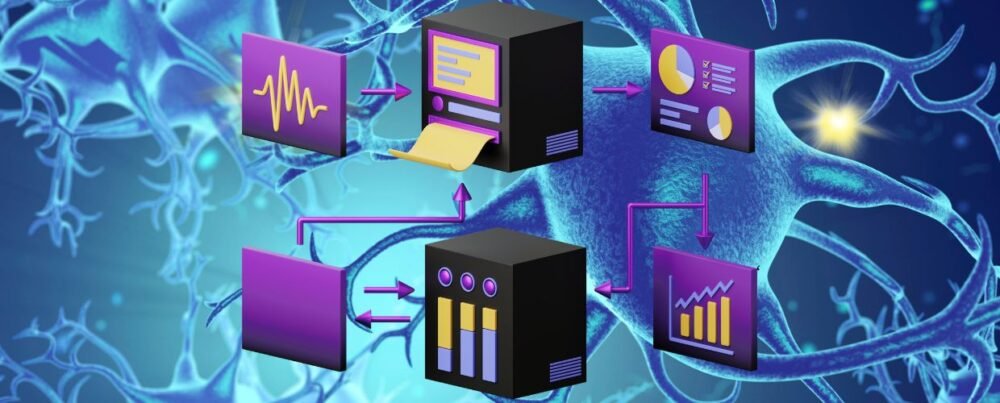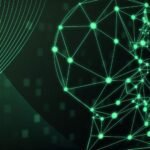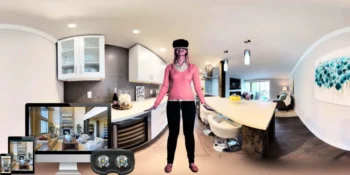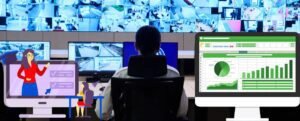In the dynamic landscape of artificial intelligence, one innovation has taken center stage as a creative powerhouse: Generative Adversarial Networks (GANs). This revolutionary technology has redefined how machines generate content, pushing the boundaries of what AI can create. As we delve into the realm of GANs, we uncover their transformative impact on art and design with their limitless possibilities.
The Essence of Generative Adversarial Networks
At its core, a Generative Adversarial Network comprises two neural networks: the generator and the discriminator. The generator creates content—images, text, or music—while the discriminator distinguishes between the generated content and real-world examples. Through a dynamic interplay of competition and collaboration, GANs create content that becomes increasingly difficult to distinguish from human-made creations.
The adversarial nature of Generative Adversarial Networks drives them to improve continually. As the generator generates content, the discriminator becomes more adept at distinguishing between real and generated data. This tug-of-war results in an iterative process in which the generator refines its output to better fool the discriminator. Over time, this leads to creating remarkably realistic and creative content.
Generative Adversarial Networks’ Influence
The impact of Generative Adversarial Networks is felt across various domains, with art and design standing at the forefront of their influence. Artists, designers, and creators are leveraging Generative Adversarial Networks to generate novel and innovative visuals, pushing the boundaries of artistic expression. From paintings that emulate the styles of renowned artists to architectural designs that blur the lines between imagination and reality, Generative Adversarial Networks are breathing new life into creative fields.
In fashion, GANs design unique textiles and patterns that capture the essence of different eras and cultures. These AI-generated designs inspire designers and foster a creative synergy between human ingenuity and machine-generated aesthetics.
Moreover, GANs are making waves in the world of entertainment and media. The music industry is witnessing the creation of AI-generated compositions that blend genres, experiment with melodies, and challenge conventional musical norms. This symbiotic relationship between AI-generated content and human creativity is ushering in a new era of collaborative artistry.
Balancing Creativity and Ethical Concerns
While Generative Adversarial Networks hold immense creative potential, they also present challenges that demand careful consideration. One key concern is copyright and ownership. As Generative Adversarial Networks generate content based on existing data, questions arise about the originality of AI-generated creations and the ownership of the underlying data. Ethical guidelines and legal frameworks addressing these issues are vital to ensure fair compensation for human creators and AI systems.
Additionally, GANs can inadvertently perpetuate biases present in the training data. If the training data contains biases, the generated content may reflect those biases, reinforcing stereotypes and inequalities. Ensuring that GANs are trained on diverse and representative datasets is crucial for creating fair and inclusive content.
Navigating the Future of GANs
As the world of AI and creative expression continues to evolve, several strategies can ensure that Generative Adversarial Networks’ creative potential is maximized while their challenges are mitigated. Collaboration between AI and human creators is essential. GANs should be viewed as tools that augment human creativity rather than replace it. Artists, designers, and musicians can collaborate with AI to create unique, innovative, and previously unexplored content.
Ethical considerations must guide development. Responsible AI practices should mitigate biases, ensure transparency, and adhere to copyright and ownership principles. GAN developers and creative professionals should work together to establish ethical guidelines that uphold the integrity of AI-generated and human-created content.
Customization and personalization are key. Generative Adversarial Networks should be tailored to specific creative goals and objectives. Customizing the training process and fine-tuning the models to align with a creator’s vision ensures that GANs become powerful tools for creative expression.
Conclusion
As we embark on a journey into the world of Generative Adversarial Networks, we find ourselves at the intersection of imagination and innovation. Generative Adversarial Networks represent a harmonious collaboration between human creativity and machine learning prowess, where the lines between authorship and collaboration are beautifully blurred. The influence of Generative Adversarial Networks in art, design, music, and beyond is undeniable. They catalyze new artistic visions, pushing the boundaries of what we can imagine and create. Yet, as with any transformative technology, the voyage of GANs is accompanied by ethical considerations and challenges that demand our unwavering attention.
As we navigate the uncharted waters of AI-augmented creativity, the fusion of human ingenuity and machine-generated content opens doors to unexplored possibilities. The canvas of collaboration between human artists and AI generators is vast, and the stories that emerge from this creative partnership will shape how we perceive art, design, and the boundless realm of human expression.










